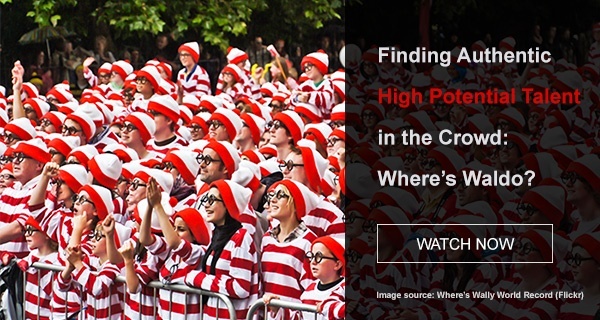
Our brains (one of the most complex and magnificent organs in the human body) have more to do with who we select for our next position – and why we select them – than we realize. The brain is a complex mechanism, one that directs and influences our actions even when we aren’t necessarily aware of that fact. This unaware influence on our decision-making processes is called implicit bias, explained Kim E. Ruyle, renowned speaker, published author, and president of Inventive Talent Consulting.
Brains and Bias
The truth is our brains work for us and against us when it comes to building up the workplace. Implicit bias is described by the Kirwan Institute as referring to “the attitudes or stereotypes that affect our understanding, actions, and decisions in an unconscious manner.” The Kirwan Institute lists a few key characteristics of implicit bias, including:
- “Implicit biases are pervasive. Everyone possesses them, even people with avowed commitments to impartiality such as judges.”
- “Implicit and explicit biases are related but distinct mental constructs. They are not mutually exclusive and may even reinforce each other.”
- “The implicit associations we hold do not necessarily align with our declared beliefs or even reflect stances we would explicitly endorse.”
- “We generally tend to hold implicit biases that favor our own ingroup, though research has shown that we can still hold implicit biases against our ingroup.”
- “Implicit biases are malleable. Our brains are incredibly complex, and the implicit associations that we have formed can be gradually unlearned through a variety of debiasing techniques.”
Our brains are constantly looking for ways or reasons to place ourselves into a group with others, meaning tasks that involves others, such as hiring for your workplace, will be unwitting affected by this desire, explained Ruyle. As a result of this desire, our brains are also on the lookout for strong leaders. In social groups, “a leadership structure tends to emerge naturally.”
The Downsides of a Social Brain
While our brains help us more easily arrange ourselves into cooperative groups, the same processes can interfere with our decision making processes in a negative fashion.

“Our brains are very quick at pegging people…and very hard wired to be prejudiced,” notes Ruyle. Some common examples include physical biases such as height or attractiveness. In fact, it’s thought that taller workers are paid more money than their shorter counterparts. A 2015 study in the Journal of Human Capital found that moving from the 25th percentile in height to the 75th percentile in height is associated with an increase in salary, anywhere between 9 and 15 percent. Other studies suggest that a single inch of height is worth nearly $800 more per year in salary.
“We’re wired to like people like us, and wired to trust people we like,” says Ruyle. In turn, we often are drawn to hire people that are similar to us in someway, whether its background, ethnicity, physical attributes, or education.
How to deal with bias?
Thankfully, we aren’t helplessly swayed by the unconscious influence of our brain. There are a variety of ways to change our implicit biases and talent acquisition managers (along with everyone else in your team) can start by looking inward and considering why they make certain hiring choices, note Professors Linda R. Troop and Rachel D. Godsil in their publication, “The Science of Equality: Addressing Implicit Bias, Racial Anxiety, and Stereotype Threat in Education and Healthcare.” Other suggested actions that can help remove negative biases include:
- Putting yourself in the shoes of another. Asking yourself what the perspective of someone in the “outgroup” might be like can help understand their concerns.
- Exposure to counter-stereotypic examples of those in the outgroup, such as through books or movies that feature protagonists unlike the viewer.
- Zeroing in on individual accomplishments and personality traits of the person. Such an approach can help bypass certain hang ups, such as education, upbringing, or ethnicity.
Perhaps most important to remember is that one of the best ways of reducing anxiety or bias based around factors such as ethnicity is maintaining exposure to friends or colleagues of that implicit bias, according to Troop and Godsil.
You might then think of eliminating your negative biases as a snowball rolling down a hill. The more you cultivate a diversity of talent based on thoughtful and measured processes, the easier it will become to continue to grow a diverse and inclusive staff, all selected on their merits rather than their outward appearances.
For more on the brain and how we choose talent, check out Kim Ruyle’s presentation “Finding Authentic High Potential Talent in the Crowd”.














